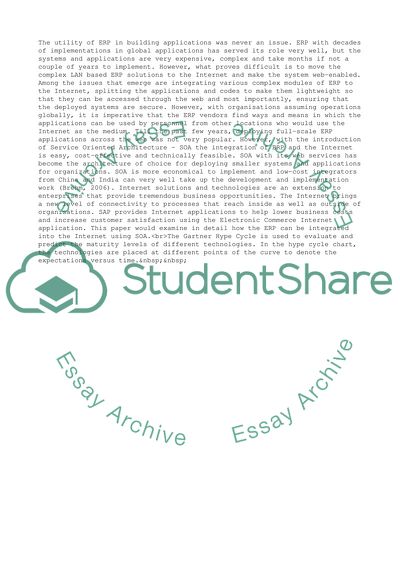Cite this document
(ERP and Internet Applications - Solutions and Applications Research Paper, n.d.)
ERP and Internet Applications - Solutions and Applications Research Paper. Retrieved from https://studentshare.org/business/1743543-erp-and-e-commerce
ERP and Internet Applications - Solutions and Applications Research Paper. Retrieved from https://studentshare.org/business/1743543-erp-and-e-commerce
(ERP and Internet Applications - Solutions and Applications Research Paper)
ERP and Internet Applications - Solutions and Applications Research Paper. https://studentshare.org/business/1743543-erp-and-e-commerce.
ERP and Internet Applications - Solutions and Applications Research Paper. https://studentshare.org/business/1743543-erp-and-e-commerce.
“ERP and Internet Applications - Solutions and Applications Research Paper”, n.d. https://studentshare.org/business/1743543-erp-and-e-commerce.


